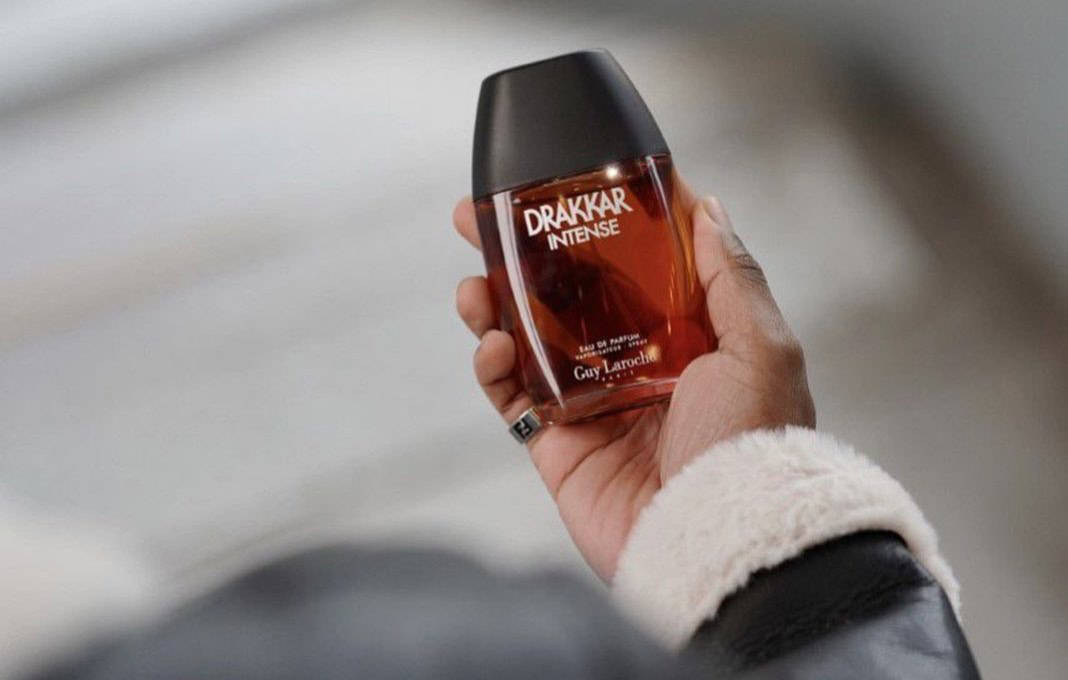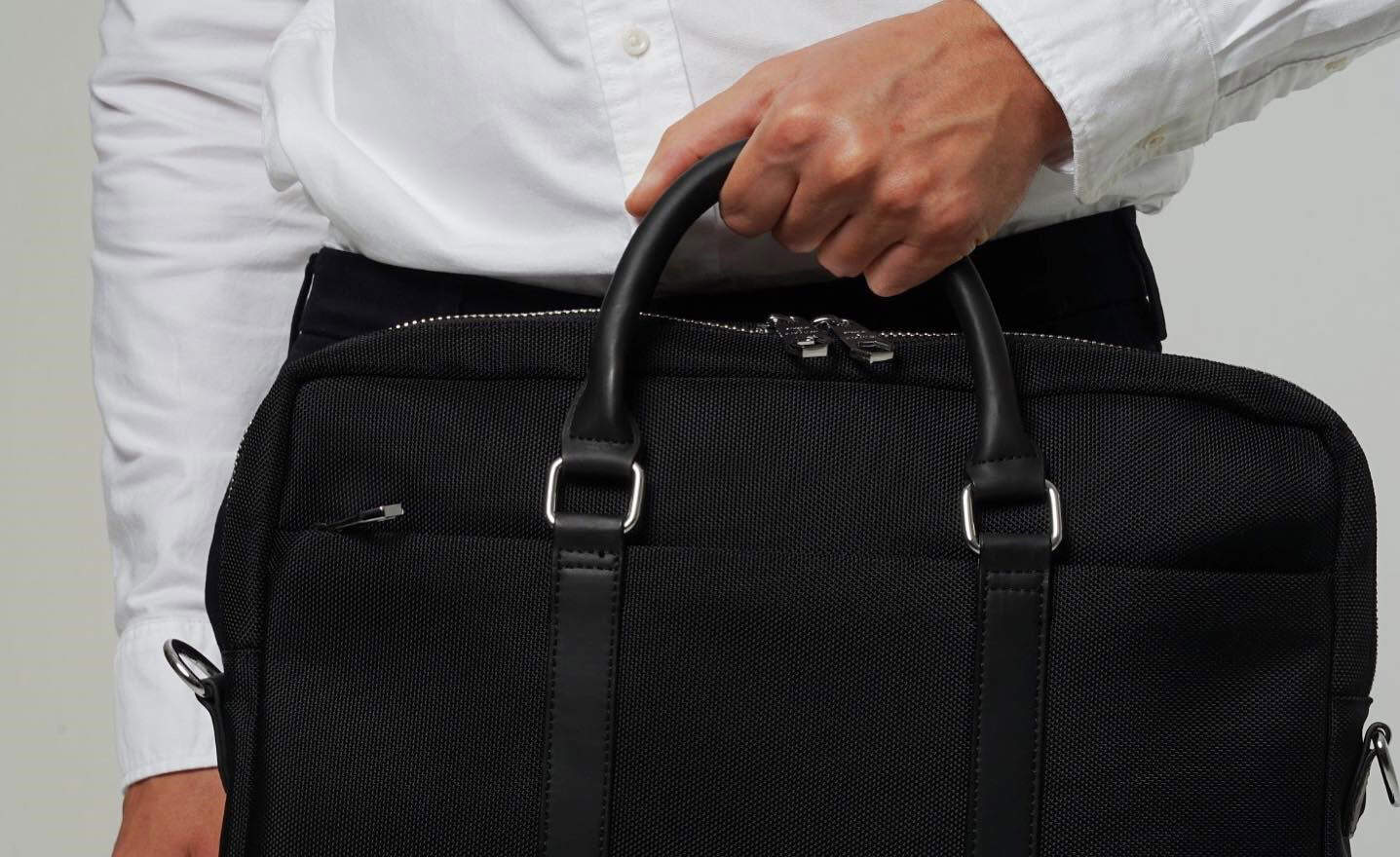
Cracking the code to what products best suit your hair, all comes down to understanding your hair type. But when it comes to fine versus thin hair, is there really a difference? Most people think there is a fine line between thin and fine hair, but it all trims down to the width and density […]
Back to listings
Cracking the code to what products best suit your hair, all comes down to understanding your hair type. But when it comes to fine versus thin hair, is there really a difference?
Most people think there is a fine line between thin and fine hair, but it all trims down to the width and density of the strand.
If you’re looking for more expert advice, book an in-person consultation with our stylists.
Fine Hair vs Thin Hair
The difference between fine and thin hair is the width and density of the strands. If your hair is fine, that means your hair strands are thinner in width. However, you can have fine hair, but lots of it, this due to your scalp having plenty of hair follicles. Thin hair is the opposite, referring to the amount of hair on your head, meaning you may have less hair follicles on your scalp.
What is Fine Hair?
Fine hair refers to the width of the hair strand being smaller, meaning your hair often lacks volume. Most people with this hair type are told that they have fine hair but lots of it, meaning the scalp has plenty of hair follicles, but the hair still appears flat.
Read: What’s Your Hair Type?
How to Take Care of Fine Hair
Hair can appear fine for several reasons – genetics, stress and damaged hair. But how do you care for fine hair? Fine hair is more sensitive than others, meaning people with this hair type need to take a bit more care in their hair routine. We’re going to break down how to bring wispy strands back to life.
- Shampoo Daily – Hair accumulates dirt, oil and dust every day, which can weigh your hair down, leaving your hair lacking volume and looking flat. Shampooing daily cleanses your scalp, whilst clearing flakes and skin cell build-up, leaving your hair looking bouncy and shiny.
- Use Conditioner – Conditioner leaves your locks feeling nourished, helping fine hair to feel bouncier. Only apply conditioner to the roots or mid-lengths, where moisture is needed the most to avoid the hair being flattened at the root.
- Limit Heat Styling – Fine hair is already smaller in density, meaning it is more prone to breakage. Heat styling can also strip the hair of its natural oils, leaving it looking lifeless. Try to avoid your use of hot tools and if you must use heat styling tools, always use a heat protectant spray.
- Avoid Keeping Hair Very Long – Most people with fine hair cling on to their long hair as the believe it makes it look thicker. Unfortunately, this is not always the case. The most flattering length for fine hair is shoulder-length or shorter, as it removes enough weight to give your mane a boost of fullness, whilst making it easier to add volume to the roots.
How to Style Fine Hair
To get your hair looking its best, it’s all about learning how to work with it, especially styling it in the right way. For those with fine hair, their major hair concern is struggling to get the volumised look they desire. But I promise it is possible with the right products, tools and techniques! A great way to add volume and texture to fine hair is by adding layers, to add movement and volume, which makes the hair look thicker. Another cut which works wonders for fine hair is shorter cuts as the hair is not weighed down at the root, amplifying volume and adding texture.
What Is Thin Hair?
Thin hair refers to the density of hair follicles on the scalp – i.e. the number of strands on your head. Thinning hair can happen for several reasons, with factors such as age or lifestyle playing a big part in it. Here are some of the most common causes of thinning hair:
- Hereditary Issues
- Hormonal Changes
- Medications and Supplements
- Stress
- Certain Hairstyles and Treatments
- Poor Diet
- Ageing
How to Take Care of Thinning Hair
Thin Hair requires a bit more attention than other hair types as the strands are so fragile, but how do you take care of thinning hair? Here are some of our top tips to avoiding breakage and get thin hair healthy and looking its best:
- Shampoo Less – Thin hair is delicate and prone to damaging, meaning that shampooing too often can dry out your hair, making it more brittle, which leads to hair loss, shedding and breakage.
- Don’t Wash Your Hair with Hot Water – Make sure to turn down the temperature when you’re washing your hair as hot water strips your hair of its natural oil, leaving the hair feeling and looking dried out.
- Massaging the Scalp – Scalp massages are one of the best ways to promote natural hair growth as they increase blood flow to the scalp, encouraging hair growth and increasing the hair’s thickness and health.
- Limit the Use of Heated Styling Tools – Thin hair is much more prone to breakage than other hair types, so try to limit the amount of heat you’re using on your hair. If you must use heated styling tools, always use a heat protectant to protect your strands.
- Avoid Too-Tight Hairstyles – Those who struggle with thinning hair should try to avoid hairstyles that strain the hair at the root – tight ponytails, top knots and braids are the main culprits. If you’re constantly pulling the hair from the root when brushing your hair back, it can pull out already thinning hair, leading to sparse looking locks.
How To Style Thin Hair
As mentioned, when styling thin hair, you need to take extra care as the strands are much more prone to breakage. The best way to fake thicker hair is to get a shorter cut, as the hair isn’t weighed down at the root, adding dimension and volume to the hair, leaving it looking thicker and bouncier.
Read: Best Hairstyles for Thin Hair
Tips and Advice from Our Experts
Whilst there are differences between fine hair and thin hair, it is essential that both hair types must maintain a proper hair care routine to keep their hair looking its best. Here are some of our best tips to getting your hair to look thicker:
- Get Regular Trims – Frequent trims are the key to many of our hair queries, but they are especially crucial for those with fine hair. Trimming the hair allows the hair to grow healthier, whilst leaving hair looking fuller.
- Blow-dry Your Hair Upside Down – To achieve thicker looking hair, flip your hair upside down when drying it to lift the roots off the scalp. By using this method, the hair strands are lifted, creating a more volumised look.
- Use a Shampoo and Conditioner Formulated for Fine Hair – Using products specifically formulated for fine hair, helps to add bulk to the individual strands of hair, whilst conditioning each individual strand and ensuring hair is left feeling thicker and bouncier.
Book Your Hair Appointment Now
Ready to transform your look? Book your hair appointment with our skilled stylists at Rush.co.uk or find a hairdresser near you to embark on a vibrant and personalised beauty journey. Our experts are here to bring your hair dreams to life.
FAQ”s
Fine hair refers to the width of the hair strand being smaller, meaning your hair often lacks volume. Most people with this hair type are told that they have fine hair but lots of it, meaning the scalp has plenty of hair follicles, but the hair still appears flat.
Thin hair refers to the density of hair follicles on the scalp – i.e. the number of strands on your head. Thinning hair can happen for several reasons, with factors such as age or lifestyle playing a big part in it.
Make sure to turn down the temperature when you’re washing your hair as hot water strips your hair of its natural oil, leaving the hair feeling and looking dried out. Scalp massages are also one of the best ways to promote natural hair growth as they increase blood flow to the scalp, encouraging hair growth and increasing the hair’s thickness and health. Thin hair is much more prone to breakage than other hair types, so try to limit the amount of heat you’re using on your hair. If you must use heated styling tools, always use a heat protectant to protect your strands.
Hair accumulates dirt, oil and dust every day, which can weigh your hair down, leaving your hair lacking volume and looking flat. Shampooing daily cleanses your scalp, whilst clearing flakes and skin cell build-up, leaving your hair looking bouncy and shiny. Fine hair is already smaller in density, meaning it is more prone to breakage. Most people with fine hair cling on to their long hair as the believe it makes it look thicker. Unfortunately, this is not always the case. The most flattering length for fine hair is shoulder-length or shorter, as it removes enough weight to give your mane a boost of fullness, whilst making it easier to add volume to the roots.
As mentioned, when styling thin hair, you need to take extra care as the strands are much more prone to breakage. The best way to fake thicker hair is to get a shorter cut, as the hair isn’t weighed down at the root, adding dimension and volume to the hair, leaving it looking thicker and bouncier.
For those with fine hair, their major hair concern is struggling to get the volumised look they desire. But I promise it is possible with the right products, tools and techniques! A great way to add volume and texture to fine hair is by adding layers, to add movement and volume, which makes the hair look thicker. Another cut which works wonders for fine hair is shorter cuts as the hair is not weighed down at the root, amplifying volume and adding texture.



